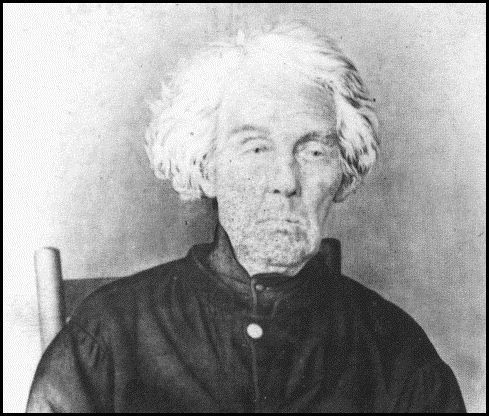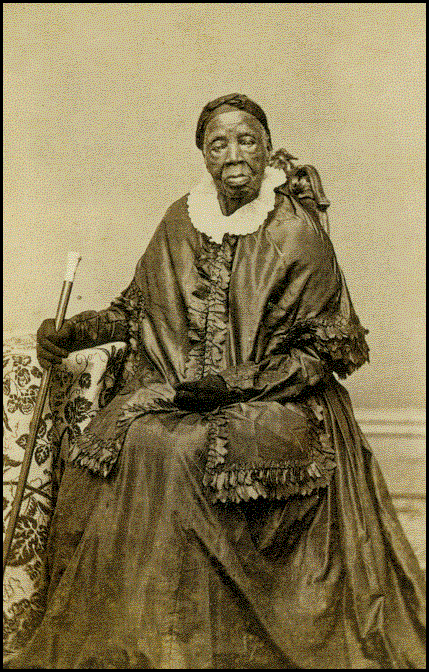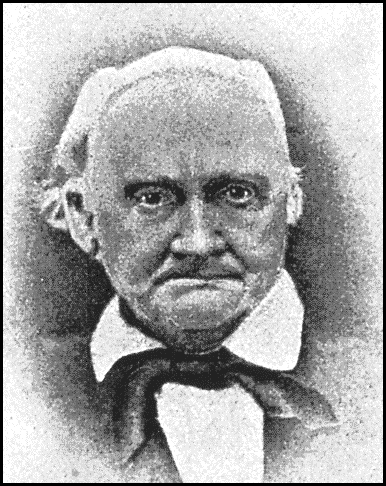Images of the
Revolutionary
War Generation
Maureen Taylor
(Kent State University Press)

Each of these photographs (and their subjects) were rigorously vetted to who was who and where they were (and when they went to their last reward), so there is much to-do here about dating, finding facts (historical, social) and how fraught it all was.
Unfortunately, the stories behind the faces tend to be pretty dull, even though there are some nice asides, such as this for a black man, Agrippa Hull, who lived and died in Stockbridge, Massachusetts, who "joined the Colonial army as a free-born black in 1777." When it came time to claim his pension, he was reluctant to offer up his original discharge papers because they were signed personally by George Washington.
In a tribute, a writer of the time wrote, a little patronizingly, "It is not the cover of the book, but what the book contains ... many a good book has dark covers."
According to contemporaries, Hull was something of a wit, a forgiving one at that. As Dr. Taylor reports,
- On one occasion Hull accompanied his white employer to hear a "distinguished mulatto preacher." Afterward the man asked Hull, "Well, how do you like nigger preaching?" to which Hull replied, "Sir, he was half black and half white. I like my half, how did you like yours?"

Few of the accompanying biographies are as pointed or as poignant. Take Uzal Knapp, who "was born in Stamford, Connecticut, and enlisted in the army in 1777 for the duration of the war ... Knapp's pension papers show that he served as a private in Capt. Stephen Bett's Company, 2nd Brigade of Connecticut Infantry." Since much of this is second-hand information, and since the sources have cacked long ago, many of these biographies suggest the-one-that-got-away stories familiar to those of us who spend many long boring hours fishing, listening to fishing lore. It seems at least half of the men that appear here testified at the end of their lives that they personally served side-by-side if not arm-in-arm with George Washington: fighting alongside him, eating with him, punting across the Potomac with him, and, no doubt, sleeping with him. Uzal Knapp claims that among other services, "he was with Washington Life Guard serving as sergeant."
These tall-tale tellers were well rewarded, since in the 1830s Congress raised soldier's benefits three times, even for outright liars.

Despite all this, The Last Muster is nicely put together, and there is a certain morbid interest in thumbing through these portraits, ambrotypes, daguerreotypes and wondering, indeed, what the last muster was like in reality. If it existed at all.